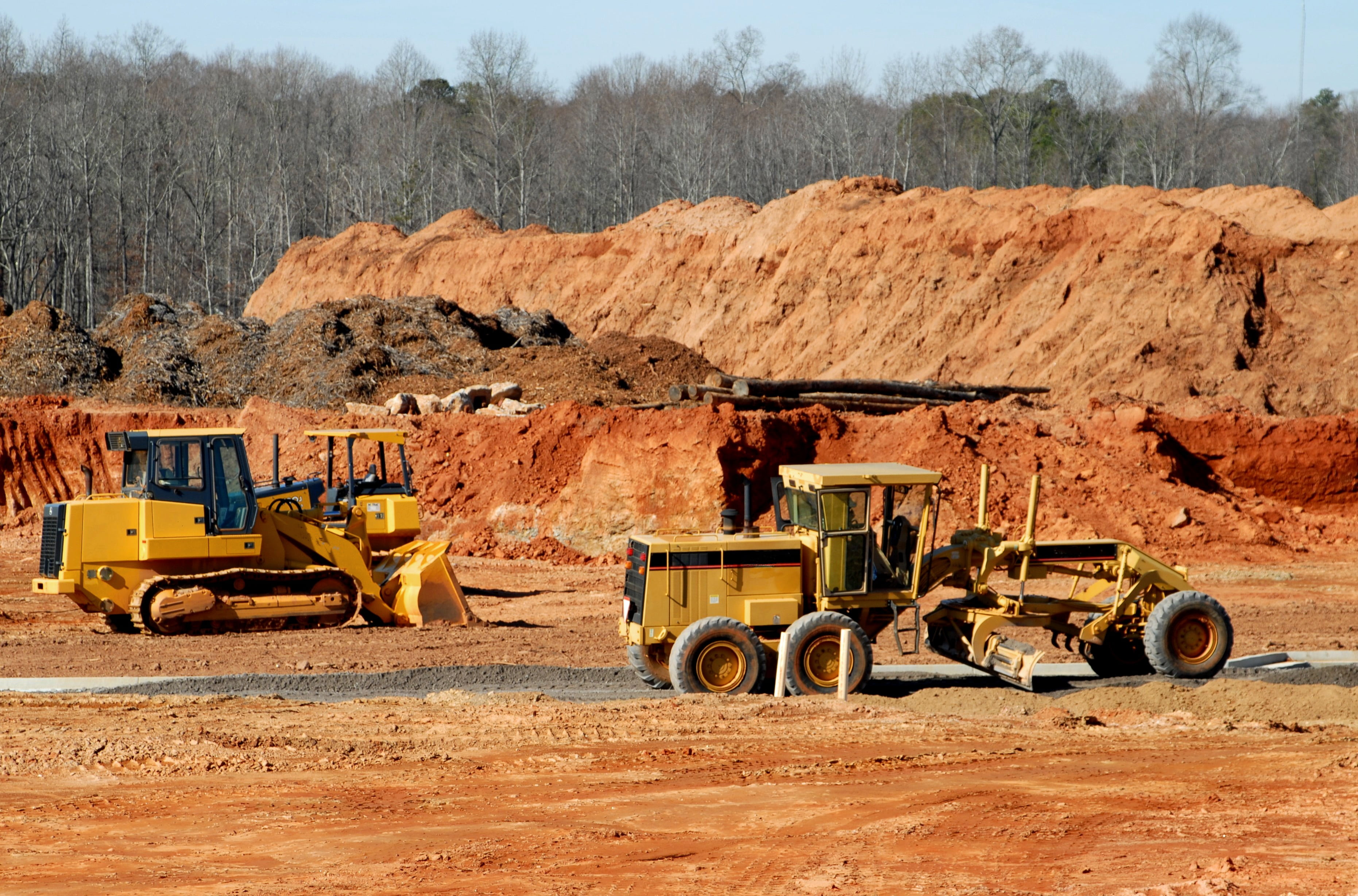The Soil Stabilization Projects Taking Root: A Community Guide to Soil Stabilization Techniques

Soil stabilization is a necessary factor in erosion control. With stabilization techniques, the soil strength improves, and builders can begin their work without worry. Fortunately, several approaches exist so engineers can choose the best option for the soil and land situations.
Stabilization via geotextiles and fabrics
Fabrics and geotextiles like erosion control blankets help stabilize the soil by preventing run-off and degradation. Plants can breathe thanks to the open weave structure in the blanket while still keeping the ground in place.
Geotextile blankets give the soil the stabilization it needs so plants can take root and give the soil time to rejuvenate. The blankets also keep animals away from seedlings. Since the blankets are biodegradable, they decompose and enrich the soil. Engineers can use the blanket as a short-term or long-term solution, working in various soil situations.
Lime stabilization
Several types of lime can stabilize the soil. Civil engineers usually add 5% to 10% of lime to the soil. Lime increases the cation exchange capacity, so it frequently features in geotechnical applications.
Engineers use lime stabilization techniques to stabilize slopes, highways, foundations, and backfill situations. If the soil has sulfur or gypsum in it, the lime and dirt can swell, negatively affecting the soil strength.
Cement soil stabilization
Soil bonds together with cement hydration. The process grows interlocking crystals that provide compressive strength and a strong bond. Unlike lime stabilization, chemical reactions only occur between the cement and water, which requires contact between the mixture and soil. For the best results, soil, water, and cement particles need to be a specific size.
Because the cement fills the voids between pieces of soil, the soil becomes stronger as the void ratio decreases.
Chemical soil stabilization
Another way to stabilize the soil is with calcium chloride. Because it uses a water-retentive additive, it stabilizes the soil through increased tension and reduced evaporation. The calcium chloride reduces the freezing point of water, so frost heave action slows. It also uses salts to strengthen fine-grain soils.
Engineers add calcium chloride and sodium silicate to reduce erosion but keep in mind that too much calcium chloride can speed up chemical leaching. To keep the salt in the soil, engineers apply it when the humidity is high.
Grouting to stabilize soil
Engineers also use a grouting material made of clay, chrome lignin, polymer, or bituminous. Erosion control experts use grout with soils that don’t have too much clay, as the grout stabilizes the buried zones effectively.
Fly ash soil stabilization
Fly ash is a popular choice because it’s inexpensive and speedy. It is a waste by-product created by coal power plants. It has properties similar to lime and cement, so it functions as a binder strengthening the soil.
Wrap up
Soil stabilization helps prevent erosion, and civil engineers have several tools at their disposal. Most can leach chemicals into the ground, and several are safe to have in natural areas and around animals.
(Devdiscourse's journalists were not involved in the production of this article. The facts and opinions appearing in the article do not reflect the views of Devdiscourse and Devdiscourse does not claim any responsibility for the same.)










